Carriage House Second Floor
The Second Floor/Main floor of Poundmaker’s Lodge Carriage House. This Floor is Presently Used as an Equipment Storage Area by the Alberta Government. It likely Served a Similar Function While Part of the Edmonton Indian Residential School. Click on the triangle to load the point cloud. Labels on the point cloud indicate past room functions.
“I want to get rid of the Indian problem… Our objective is to continue until there is not an Indian that has not been absorbed into the body politic, and there is no Indian question, and no Indian Department…” – Duncan Campbell Scott, 1920
Now used for storage for Alberta Culture, the first floor of the carriage house used to be used for storing of equipment and supplies for the residential school, such as items used for labour around the grounds which was primarily conducted by students. While education was supposed to be a core goal of the residential school system, children who attended oftentimes spent a lot of their time on vocational “training” and undertaking activities for the running and maintained of the school itself. During the harvest, for example, older boys would often spend their entire day working on the farm [1]
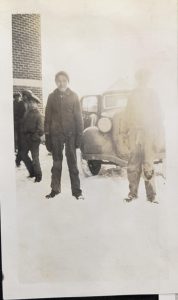
Countless examples of the acceptance of student as labourers are peppered throughout the DIA records. When the DIA agreed to an EIRS request to build a farmer’s cottage in correspondence from May 18,1927, Deputy Superintendent Scott suggested keeping costs low by employing “as much of the school labour as possible” [1,2]
During the harvest, older boys often spent the entire day on the farm, which, by 1929, consisted of 500 acres under cultivation, including 110 acres of wheat, 125 acres of oats, and 40 acres of barley. The potato crop that year produced 3,000 bushels. By 1933, livestock consisted of 15 horses, 59 cattle (both beef and dairy), 135 pigs, 50 chickens and 25 turkeys.
Principal Woodsworth wrote of his students being pulled out of class to haul water into the school during the 10 days in April of 1929 that EIRS was without water, as well as using school labour to build a new shed in preparation for the arrival of additional students from the Brandon IRS [1,2]. Similarly, in preparation for students moving to the new school, Acting Deputy Superintendent General, A.S. Williams wrote in March of 1931 that “staff and older boys” would be responsible for setting up the furniture and supplies [4].
By 1949 it was suggested to the church that students should no longer be used for this kind of labour, but it was not until 1955 that the administration of the Edmonton IRS finally made changes that resulted in more classroom time for students.
Overcrowding
The carriage house was used to accommodate students when there was not enough room in the main school building. Overcrowding was a consistent problem in many Indian Residential Schools. The cause appears to be two-fold. First, the per capita grant funding model used by the Department of Indian Affairs was flawed. It assigned a fixed allowance for each student registered. This funding model was the primary source of operational funds, following the construction of a school, and therefore, more students meant more money. Second, churches wanted to recruit and retain students within their denominational faith, a practice that is discussed below. Even with overcrowding, the funds did not leave enough to cover the cost of salaries, basic supplies, or food. Consequently, repairs, maintenance and capital projects were done poorly or not at all.
Notes:
[1] United Church of Canada. 2022. Edmonton Indian Residential School. The Children Remembered. Electronic document, https://thechildrenremembered.ca/school-histories/edmonton/, accessed February 23, 2022.
[2] Ma, K. 2018. The Red Road of Healing. St. Albert Today 13 July. Electronic document, https://www.stalberttoday.ca/local-news/the-red-road-of-healing-1299235, accessed on August 3, 2022.
[3] Poundmaker’s Lodge and Treatment Centre (PLTC). 2022. About. Electronic document, https://poundmakerslodge.ca/about/, accessed August 29, 2022.
[4] Wallace, R. and N. Pietrzykowski. 2022. Digital IRS Archival Research Unpublished report prepared by Collective Heritage Consulting for P. Dawson, University of Calgary. On file in Department of Anthropology and Archaeology, University of Calgary, Calgary.
The following virtual tour was created using panospheres from the Z+F 5010X laser scanner. Use your mouse or arrow keys to explore each image. Click on an arrow to "jump" to the next location.
This image gallery shows historic and modern photos related to the first floor of the carriage house. Click on photos to expand and read their captions. If you have photos of the Edmonton IRS that you would like to submit to this archive, please contact us at irsdocumentationproject@gmail.com.
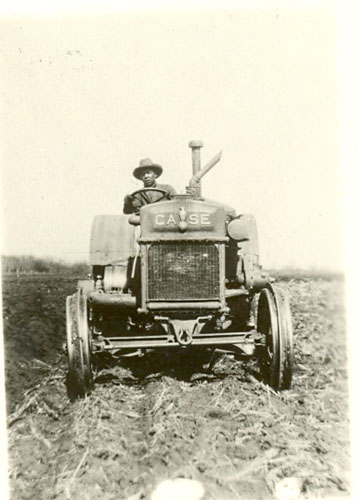
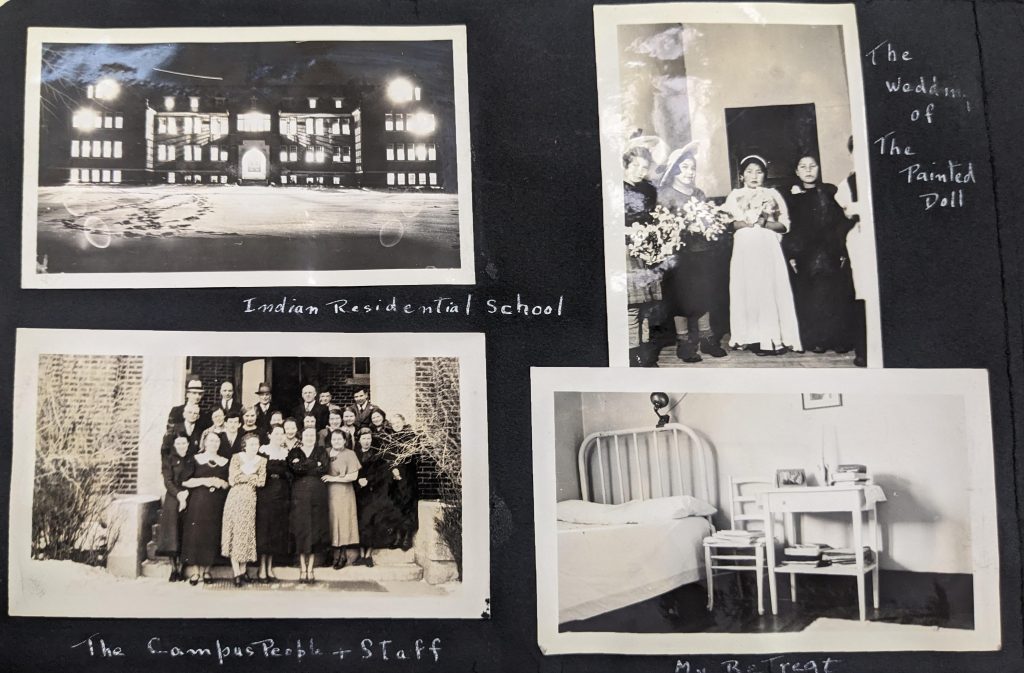
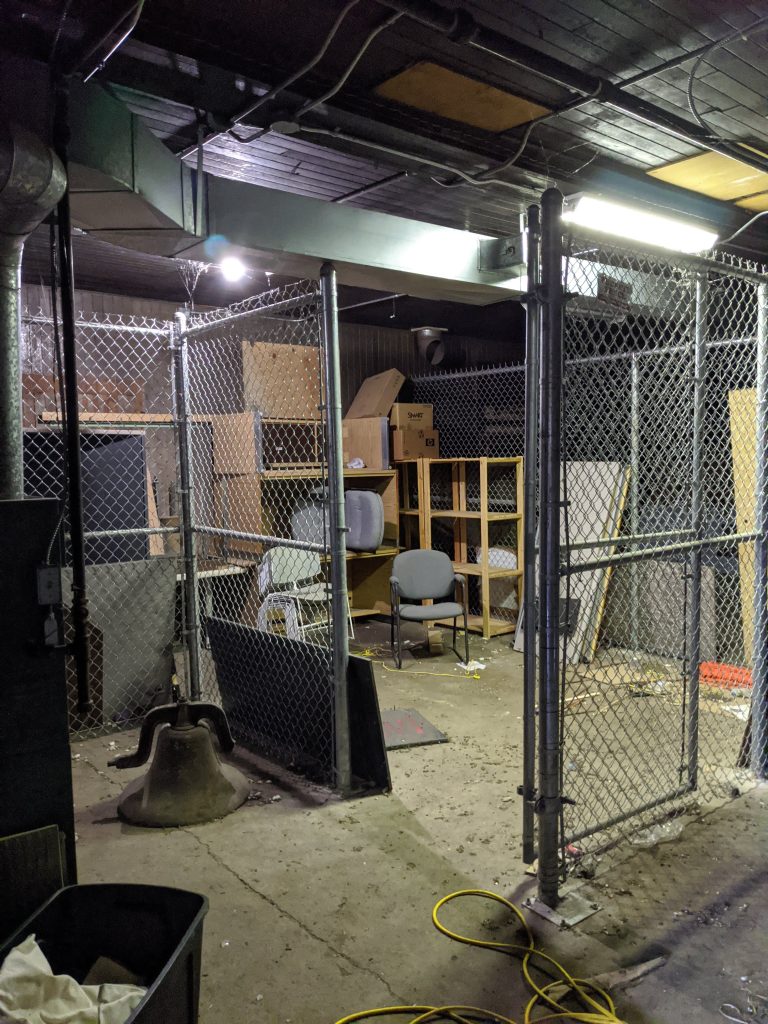


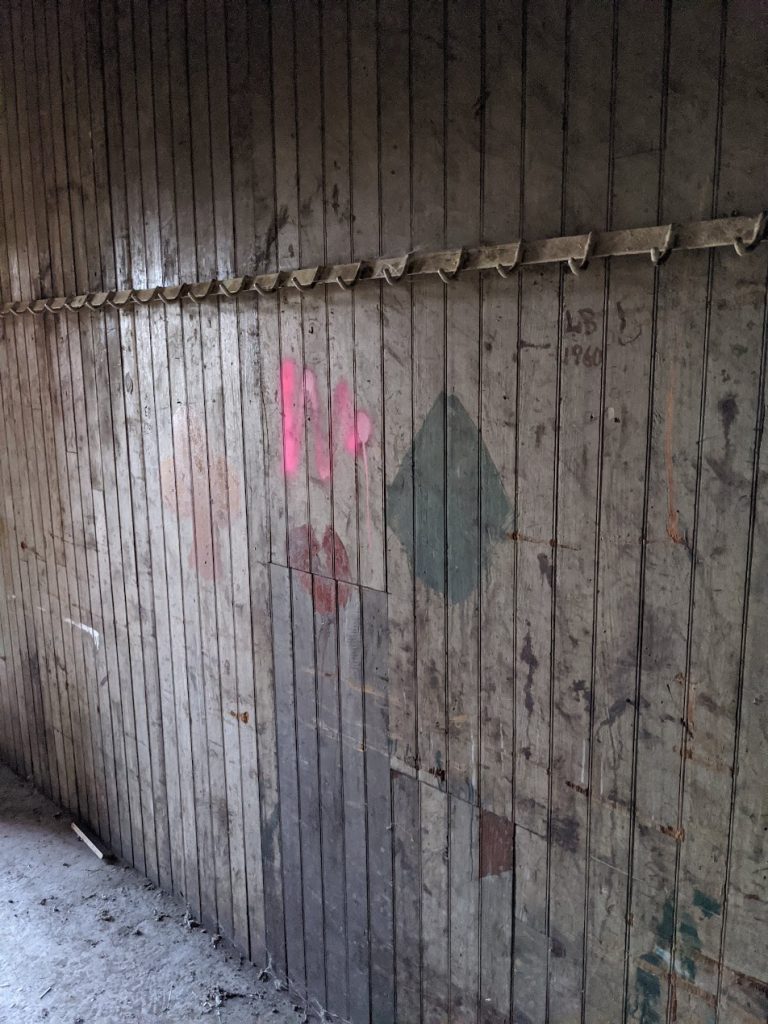
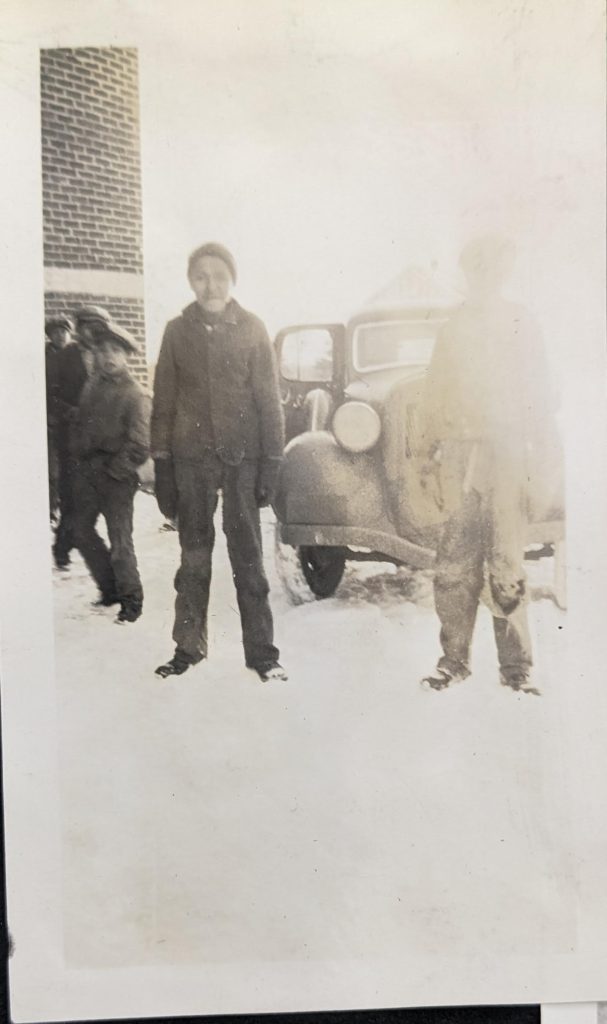
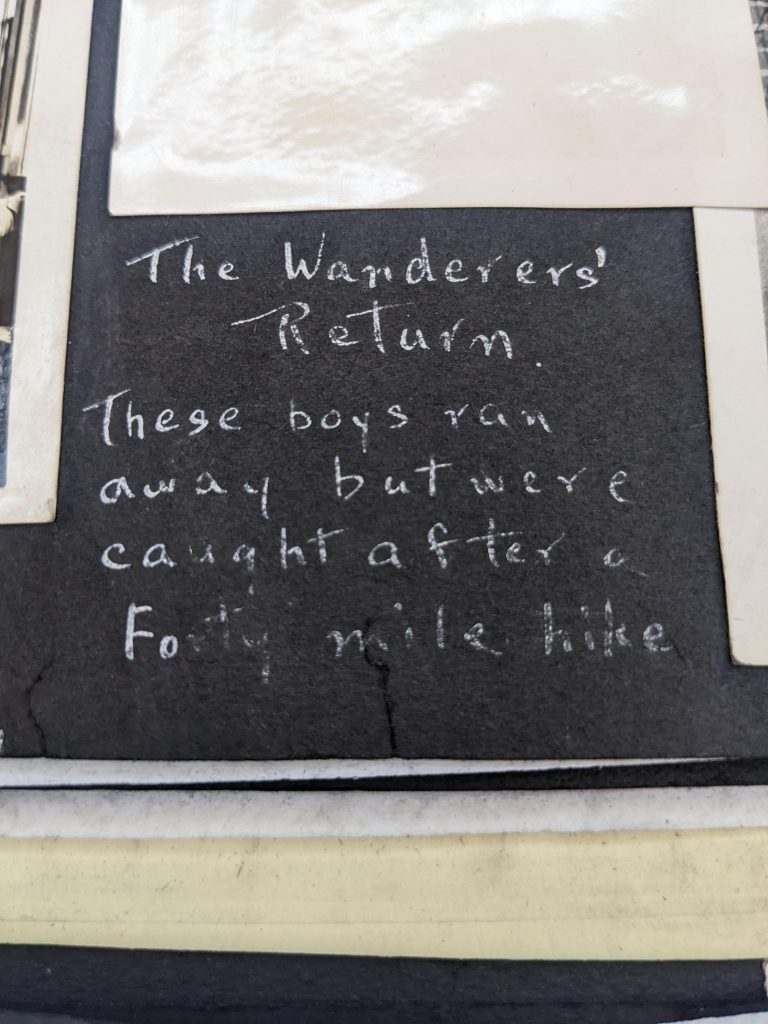
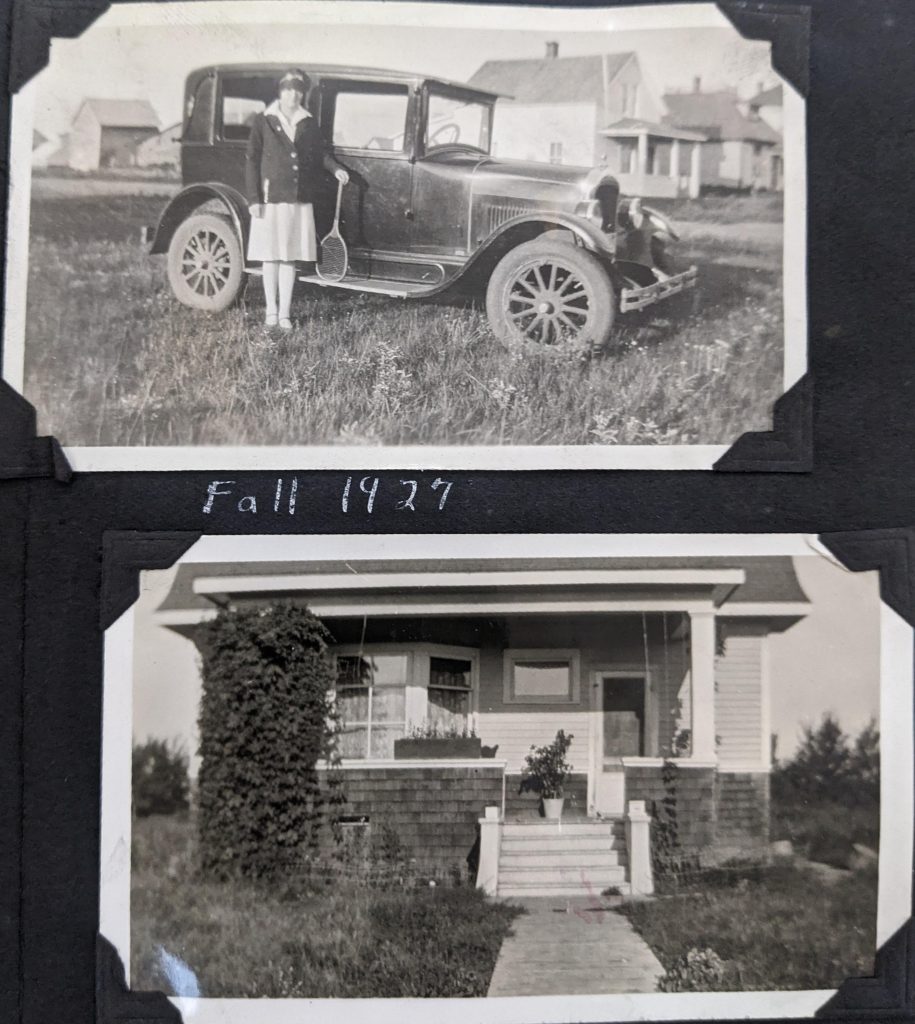

Laser scanning data can be used to create “as built” architectural plans which can support repair and restoration work to The Edmonton Indian Residential School Carriage House. The main school building was lost to fire in 2000. This plan was created using Autodesk Revit and forms part of a larger building information model (BIM) of the school. The Revit drawings and laser scanning data for this school are securely archived with access controlled by Poundmaker’s Lodge Treatment Center.
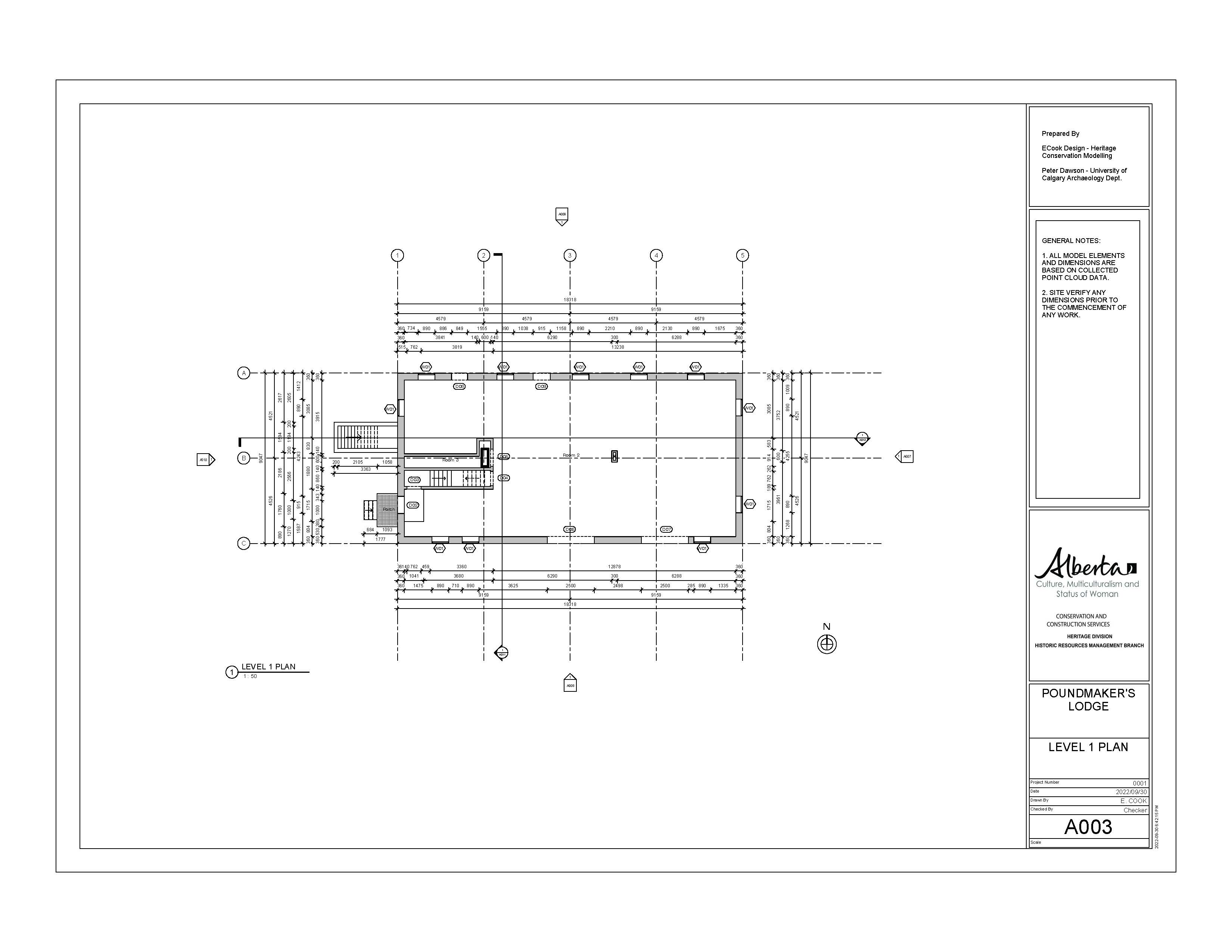
Gary Williams- If your Kid Dies Here it’s Unnoticed
We had the basement where they, it’s almost like a recreation room where you can watch TV if you want to do. It’s sort of a rec room, or a just socializing room, but you can’t talk to one another. It’s kind of weird. You can go outside and play out in the yard, because there were supervisors standing all around you know, making sure the rules aren’t broken. And even though that was happening, we had lots of outings, outside time.
So, uh, what happened after that? On a Monday morning, they took us into our classrooms. The next floor up from the basement because they had steel stairs all the way up the fourth floor, I think, or third floor… fourth floor. The second floor was, on the boy side, was two separate units. One was both classrooms it might have been. Again, I’m on one side and my brother was on the other side and I didn’t see him. At one point, I knew, we went to school and then we sort of went away for a while, and then we came back later in the evening. That was how it was scheduled.
Anyway, so one side of the dorm, which held about, maybe 20 chairs on both sides, was 40 all together, and that was sort of the class for the younger generation, younger people. I’m quite sure that a lot of the other students that were 11 and 12, I think, they had evening classes. We went along like that for five days a week, and we, and we went on weekends we can socialize, not socialize but have an outside time. We did a lot of that, or else you can you can go and study in classrooms if you wanted to. Sort of I would say kill time I guess until dinnertime in the evening.
Again, you know same food again, and, anyway the two were, the two classrooms, I mentioned that. But the upper, the third floor is our bedroom dorms same kind of setup, lower kids on the other side. You know like the old saying goes, that you like, you hear all the time in a different uh, that you know you can’t really talk to one another or socialize with your own native tongue people. That was kept you know, if you did you would be punished, and we tried to follow the rules as good as we can so we couldn’t be punished.
So that went on for three months I guess, till Christmas time. At times I would write a letter back to home, and they would drop it into the mailbox here so that they can deliver it in town or get the post person to. There was no phones, so, like the people say, if your kid dies here, it’s unnoticed.
Even though I was here amongst all that, I could feel and sense the sacredness or private stuff, not knowing stuff that’s happening in the middle of the night because we’re younger… we wasn’t involved in that.
-Gary Williams
[read more]
Notes:
Oral interview with Gary Williams. Conducted by Peter Dawson at Poundmaker’s Lodge, St Albert, May 4, 2022. Transcribed by Erica Van Vugt and Madisen Hvidberg. University of Calgary, Jan 23, 2024.
Image: AB Archives, PR198510010110. Edmonton Indian Residential School, St. Albert, Title: [no names or description provided]. ND.
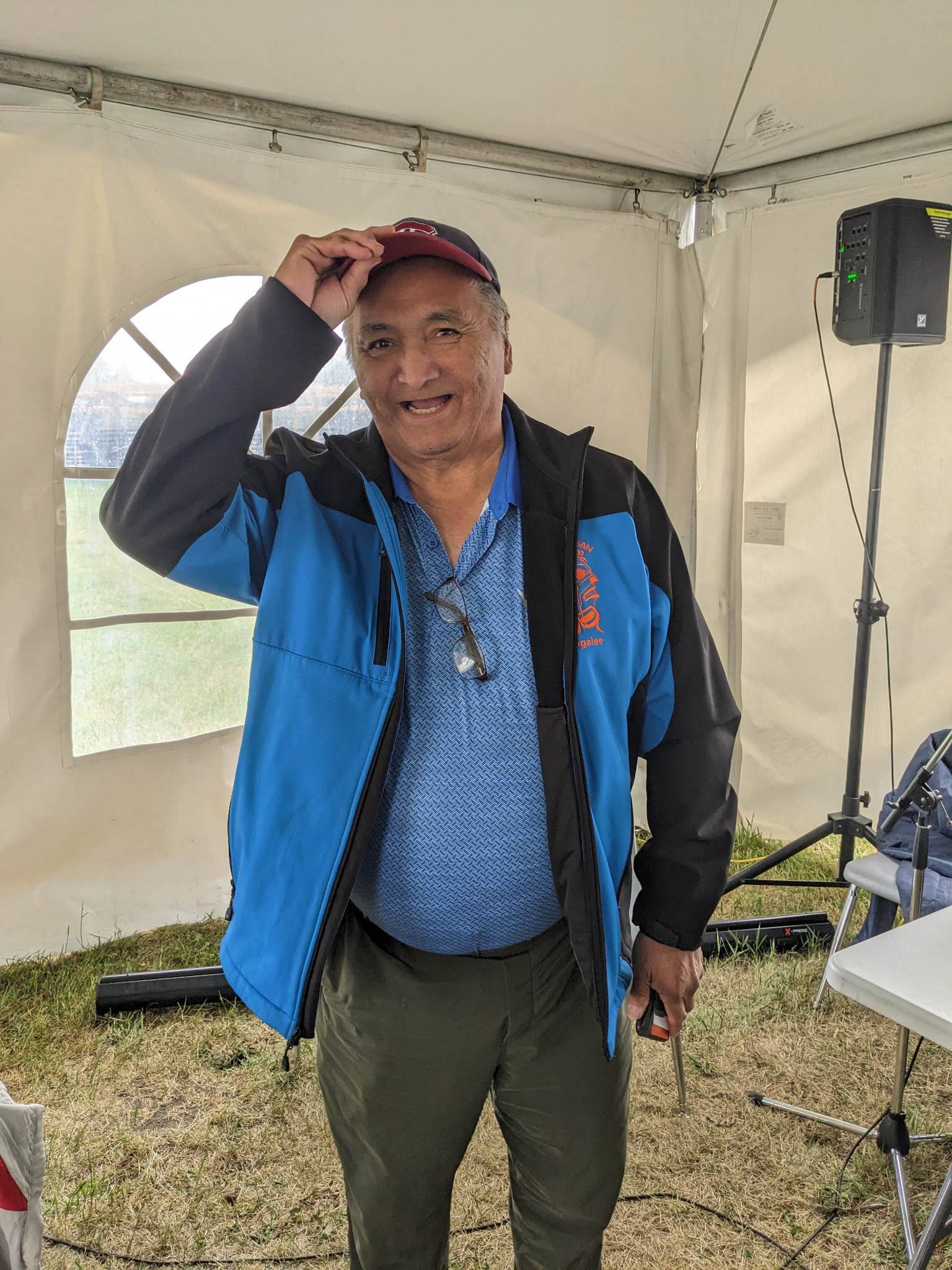
Explore Floors and Rooms

Carriage House Fourth Floor
The Fourth Floor/Attic of Poundmaker’s Lodge Carri…
Read more
Carriage House Third Floor
The Third floor of Poundmaker’s Lodge Carriage Hou…
Read more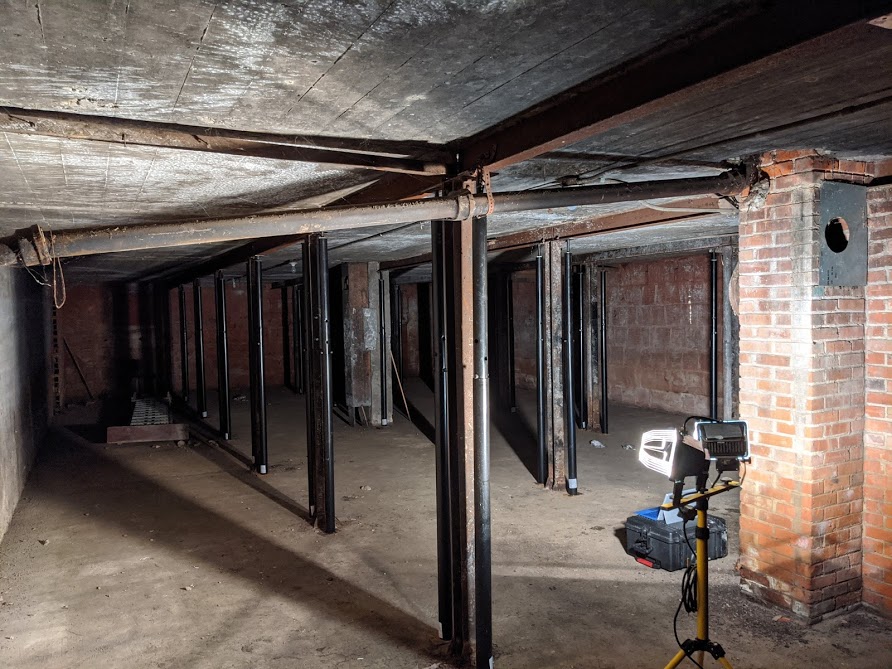
Carriage House First Floor
The First Floor/Basement of Poundmaker’s Lodge Car…
Read more
Carriage House Exterior
The Exterior of Poundmaker’s Lodge Carriage House….
Read more
